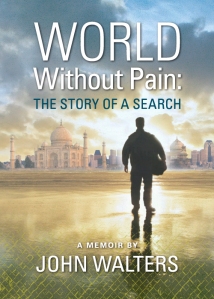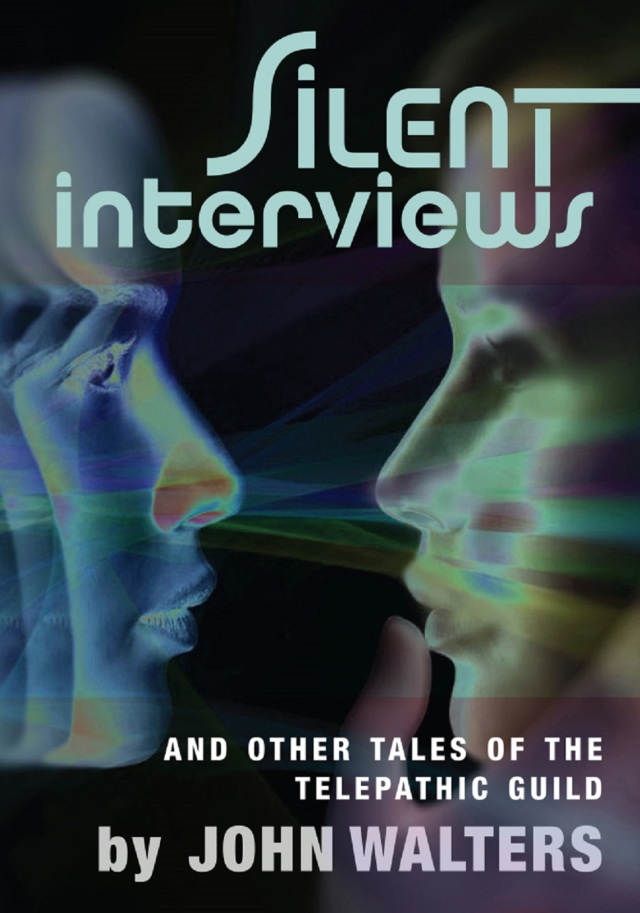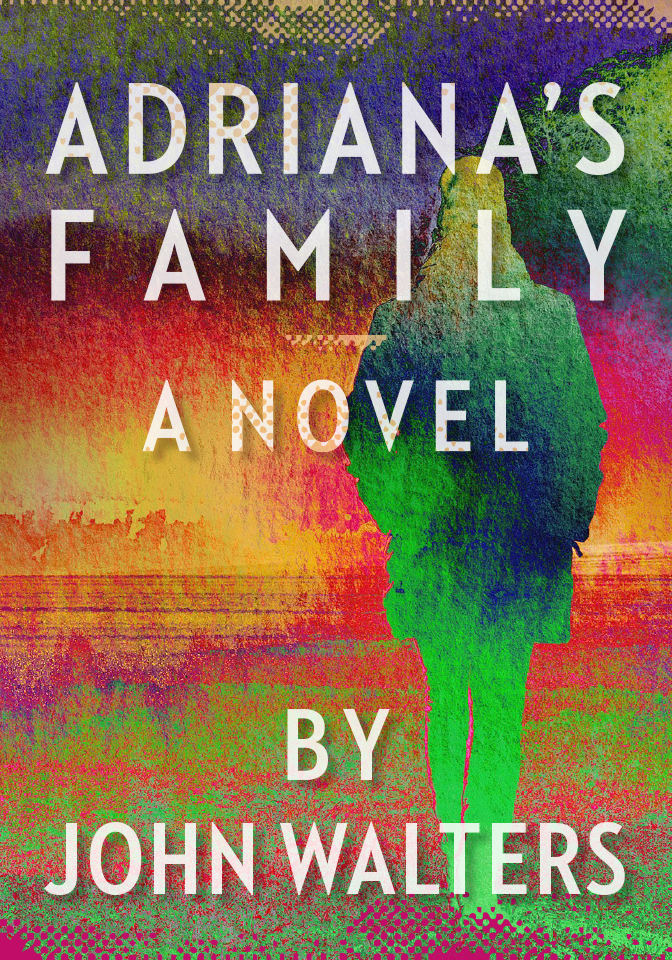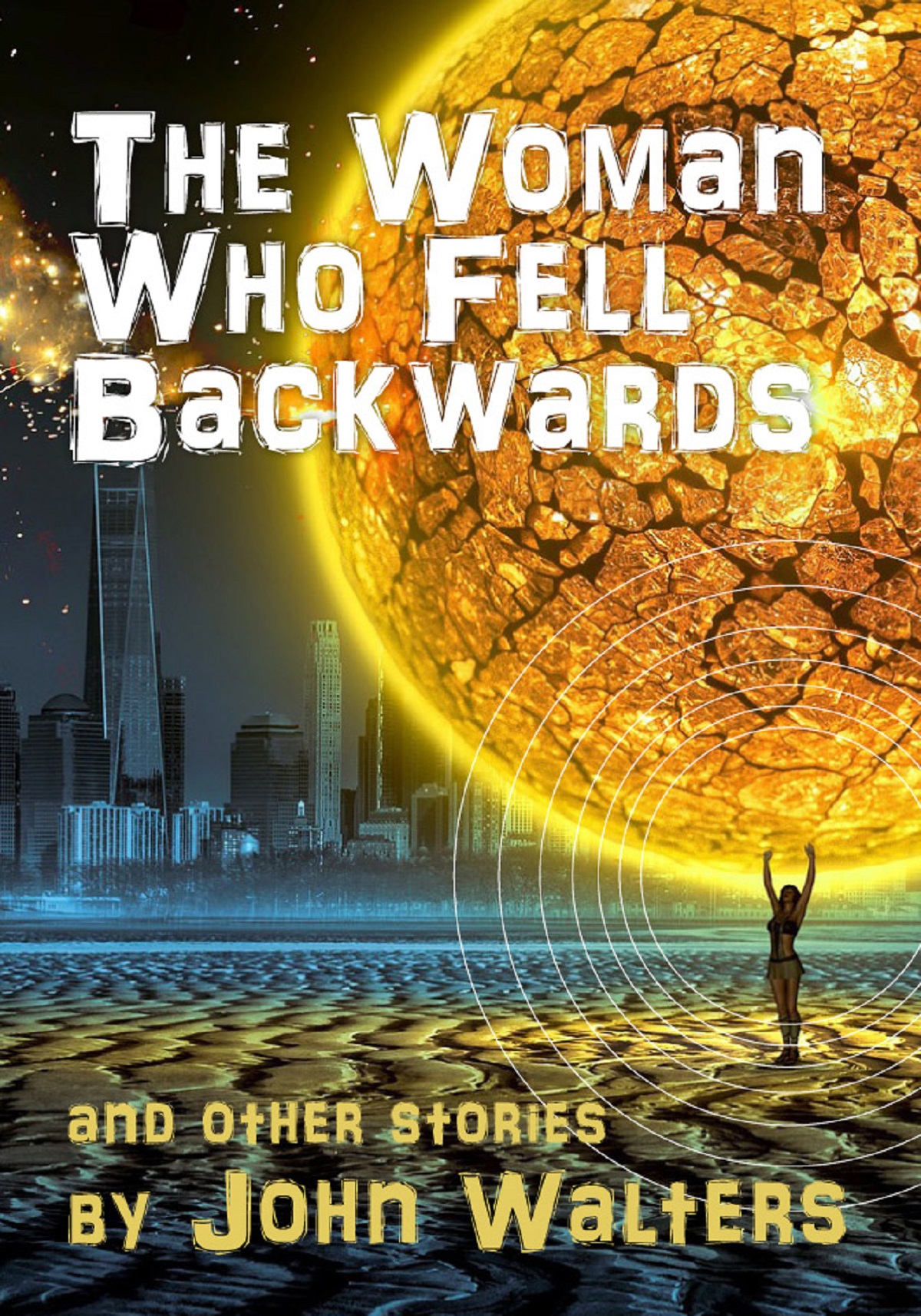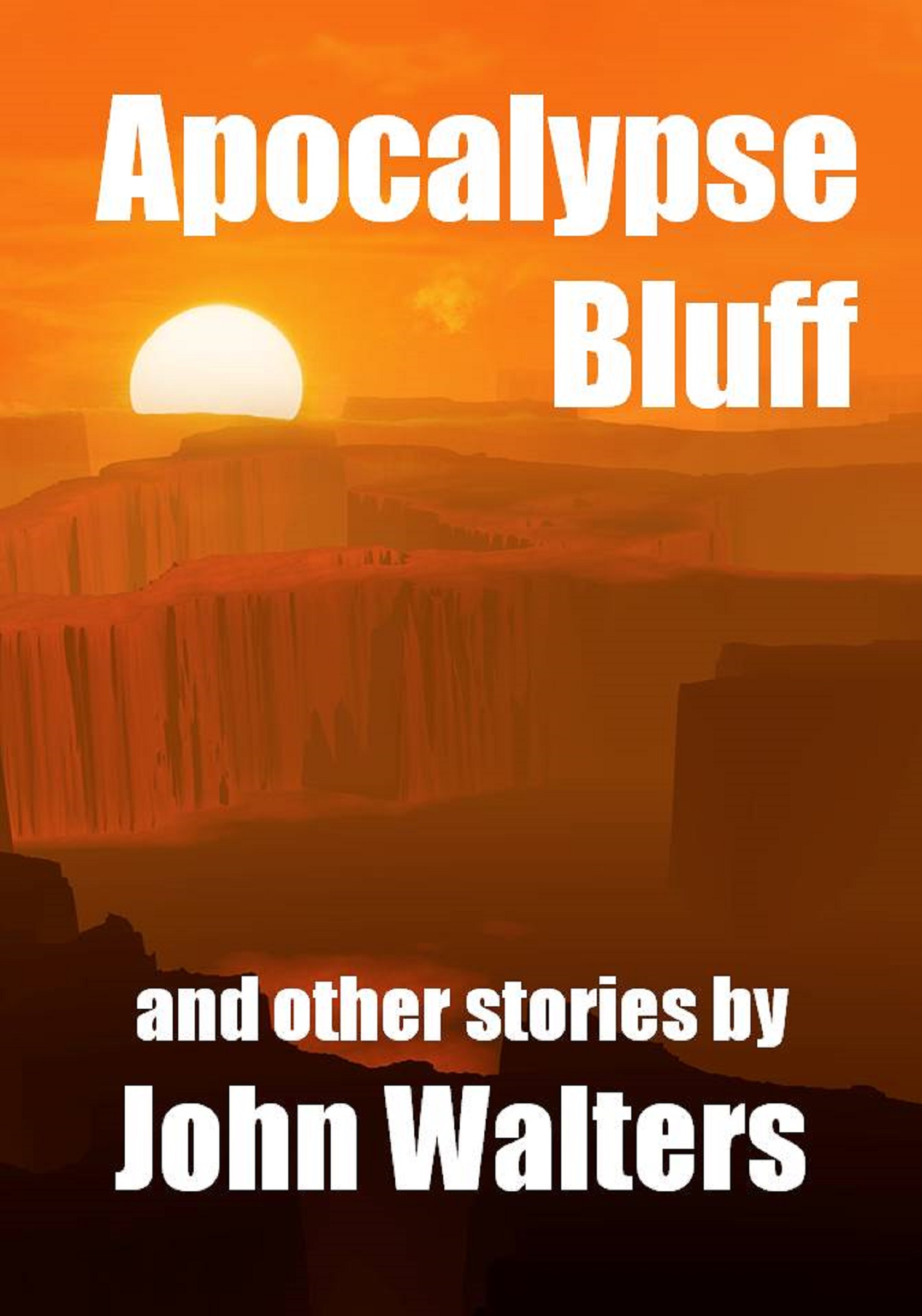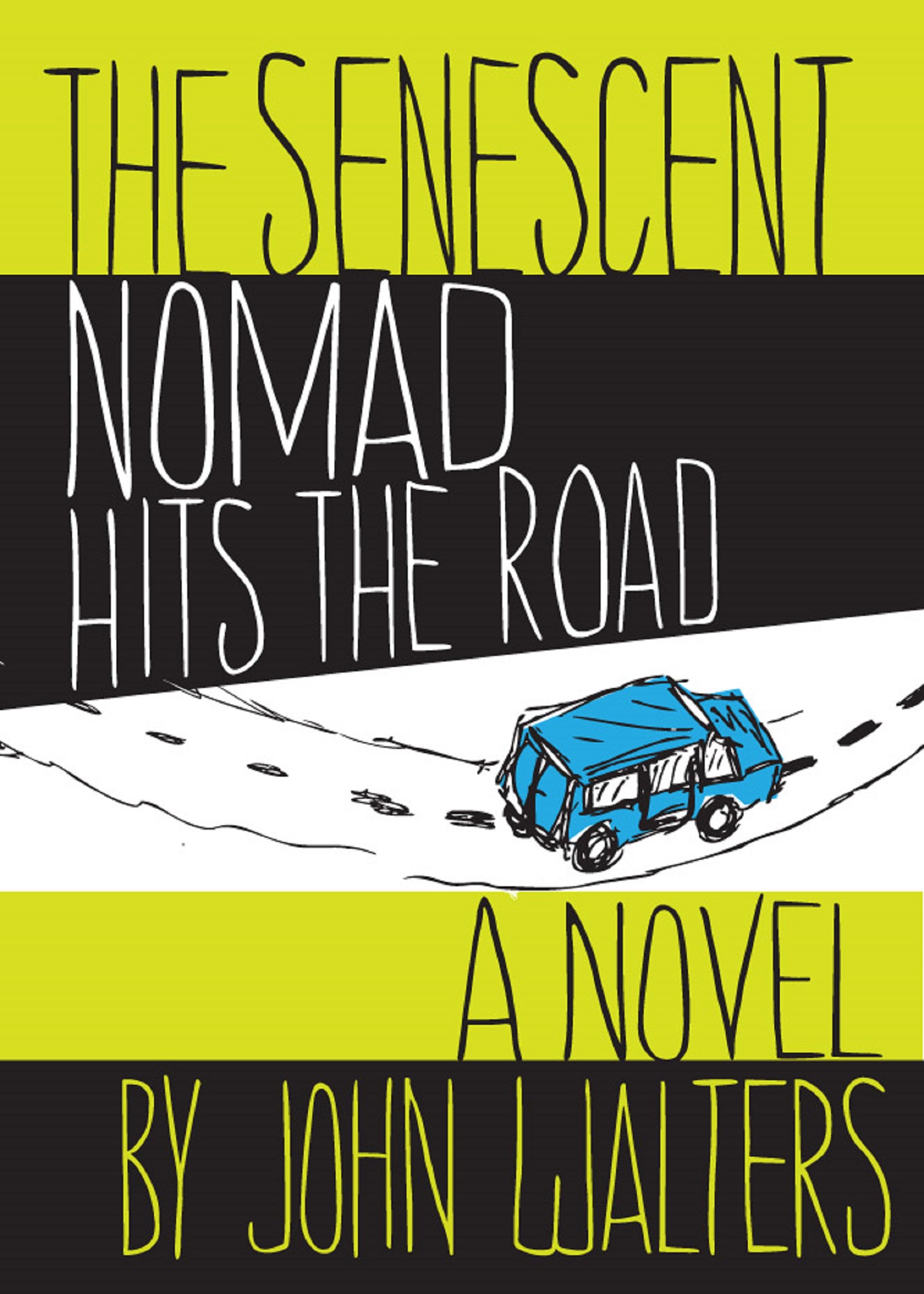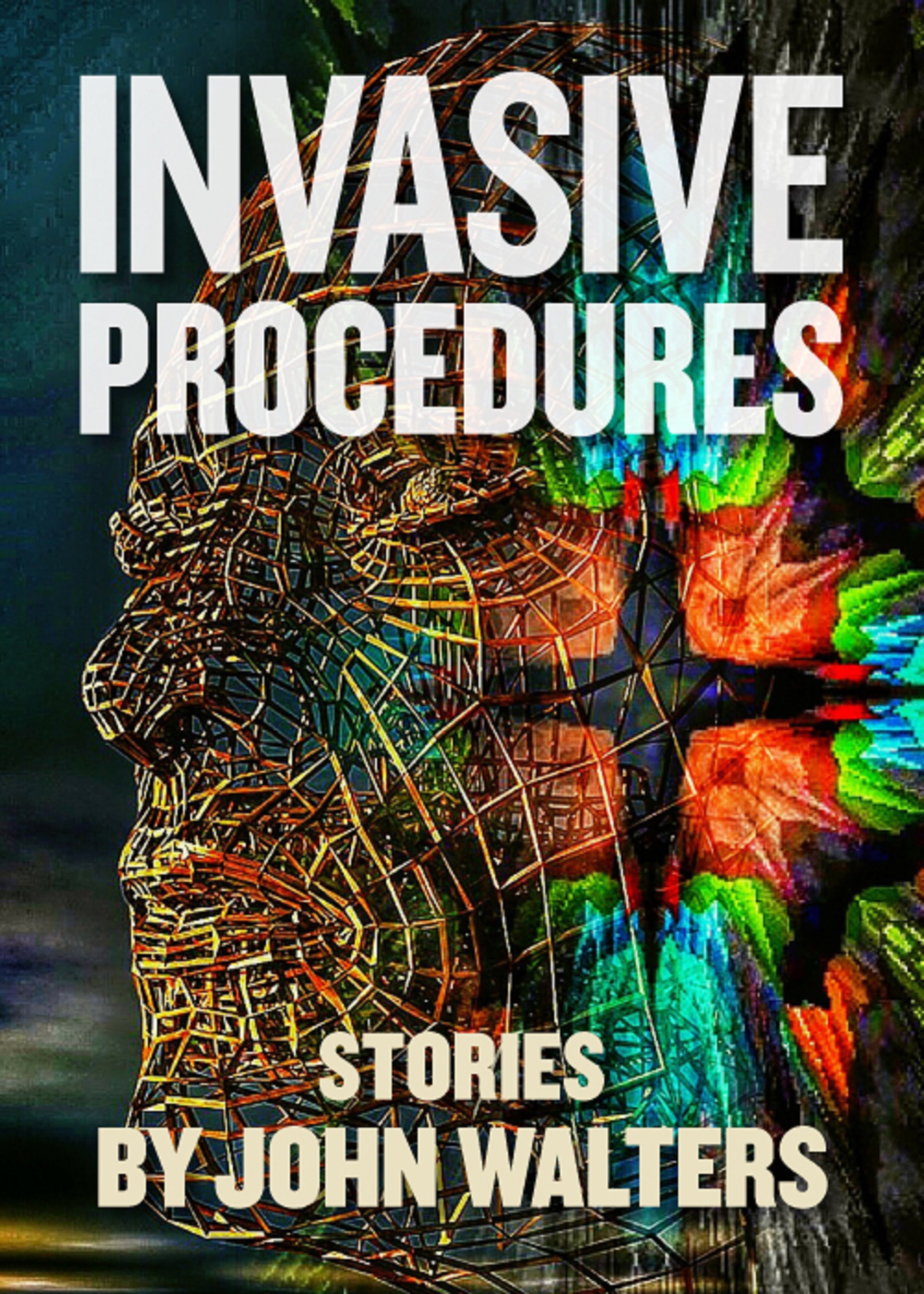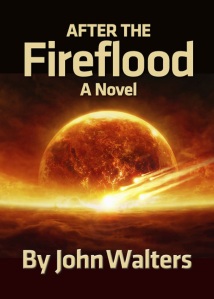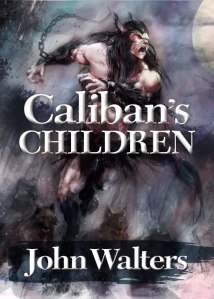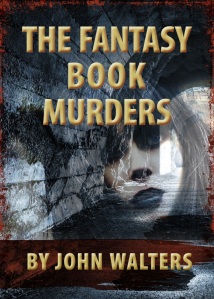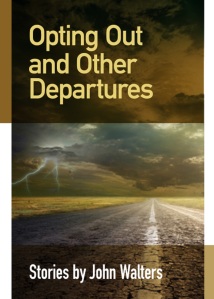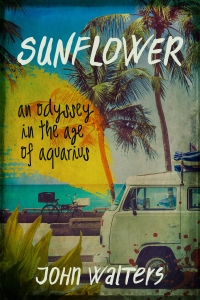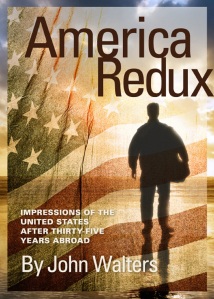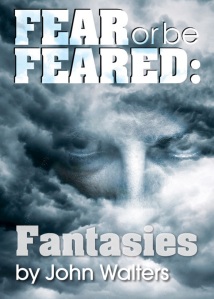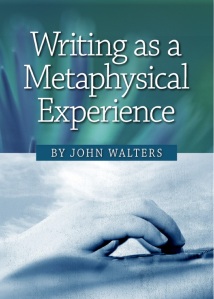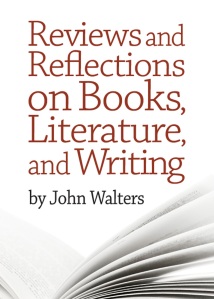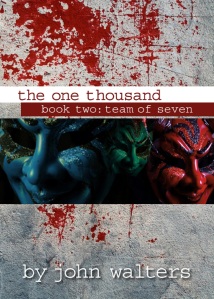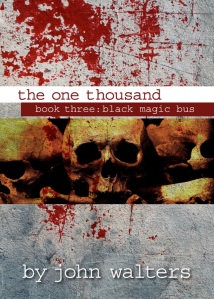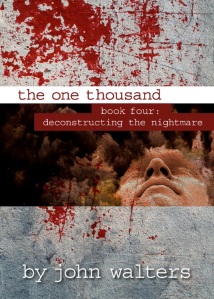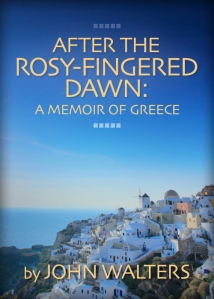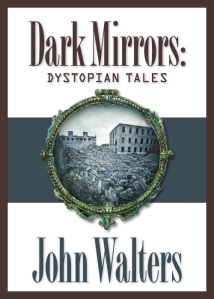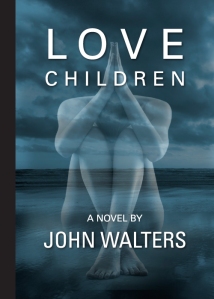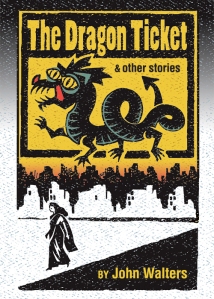And so after a long jaunt down memory lane, we come to the book itself. We almost didn’t. I had a hard time acquiring this book. Why? Two reasons: I couldn’t afford it, and the library wouldn’t stock it. When A Lit Fuse first came out, I hungered to read it for some of the reasons I delineated in part one of this review. However, it is more expensive than most comparably-sized hard-covers, and it was beyond my price range. Way beyond. So I had no recourse but to wait either for Amazon to discount it during a special occasion, as eventually happens with most books in its inventory, or the book came out in soft-cover. Time passed, and neither of these things seemed to be imminent.
So I went to plan B: I suggested that the Seattle Public Library system acquire it. They have a form where readers can nominate books to be purchased. So I filled out the form. Nothing happened. After a few months had passed, I filled out another. And another. And another. After four tries, I came to the conclusion that either the library system didn’t want the book (which would have been odd, as they have numerous Ellison volumes in their catalog) or for some reason the publisher was not making the book available to libraries.
That was it. I was stymied. I had to let it rest. I was out of options. I continued to check occasionally for a paperback edition, but that didn’t happen. Finally, about a year and a half after the book came out, last Christmas I received an Amazon gift credit for a returned piece of clothing that didn’t fit, and I used the credit to purchase A Lit Fuse.
Was the book worth it? Did I attain satisfaction? I would have to say yes. It’s a fascinating exploration of Ellison’s life. But spoiler alert: it’s not a biography.
The sections I appreciated most were the first few chapters and the last chapter. The first hundred pages or so come closest to a standard biography. They deal with Ellison’s childhood, the multiple times he ran away from home and found odd jobs, his adventures as a fan, his early career in New York as a pulp writer, his first marriages, and his move to Los Angeles to get involved in script writing.
After this, the middle sections are arranged topically rather than chronologically and deal with various facets of his career. They are embellished with exclusive interviews, but for the most part they paraphrase the stories of Ellison’s life that he has already shared with his readers in countless essays and introductions to his stories. There was little in these sections of A Lit Fuse that I didn’t already know, although it was convenient to have all the stories sorted out and available in one place.
The last chapter, though, called “The Flight of the Deathbird,” took me by surprise and is emotionally devastating. It deals with Ellison’s decline in health late in life as he struggled with quadruple bypass surgery, a serious stroke, and clinical depression.
Ellison was a controversial figure throughout his life, and he made a lot of enemies. The amazing thing, though, is despite his fabled cantankerous nature, he also had an overwhelming wealth of friends – people who would stand by him and do anything for him. This included writers, actors, filmmakers, editors, publishers, students, and of course his fifth wife Susan, who married him in 1986 and remained with him for thirty-two years until his death.
One of the appendices at the back of the book lists the awards that Ellison won for his writing and editing. It goes on for page after page and includes multiple Nebula Awards, Hugo Awards, World Fantasy Awards, Writers Guild of America Awards, and numerous others. The man truly was a literary phenomenon, and this book is a wonderful introduction to his writing, his life, and his legend.


